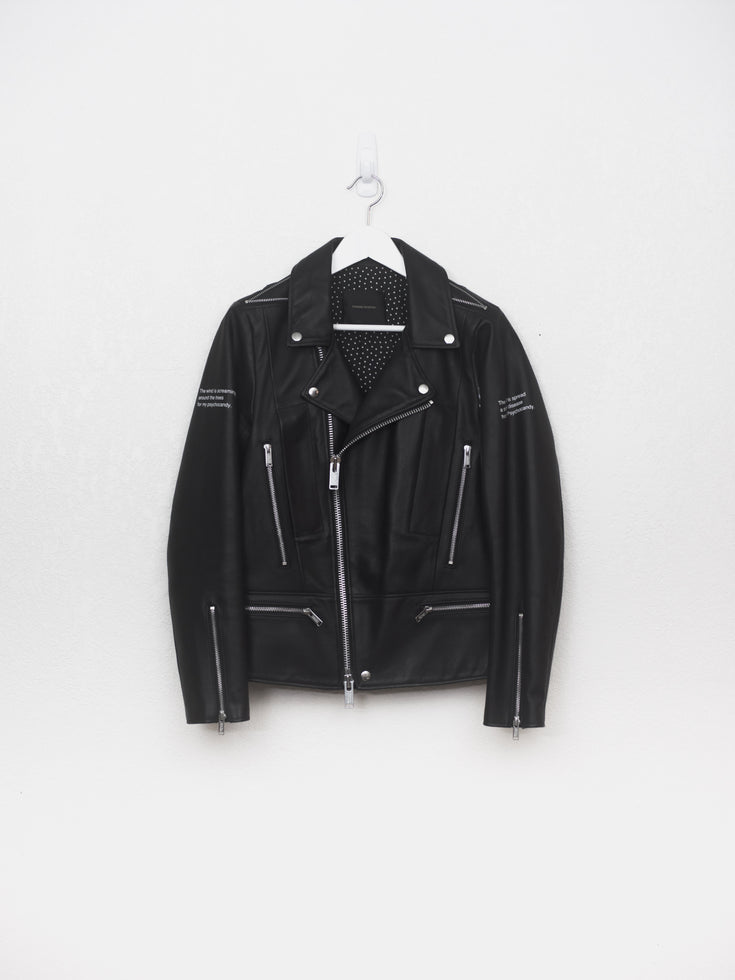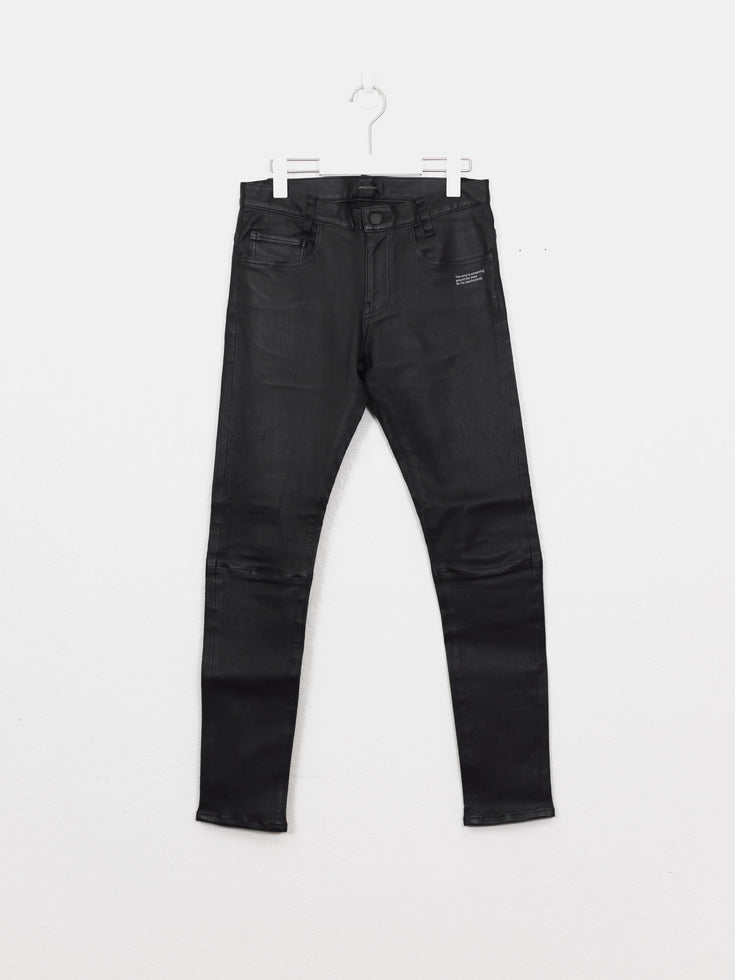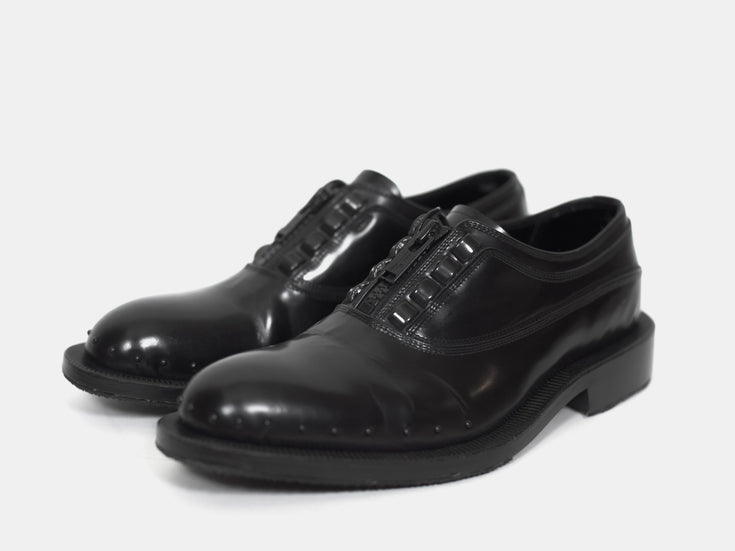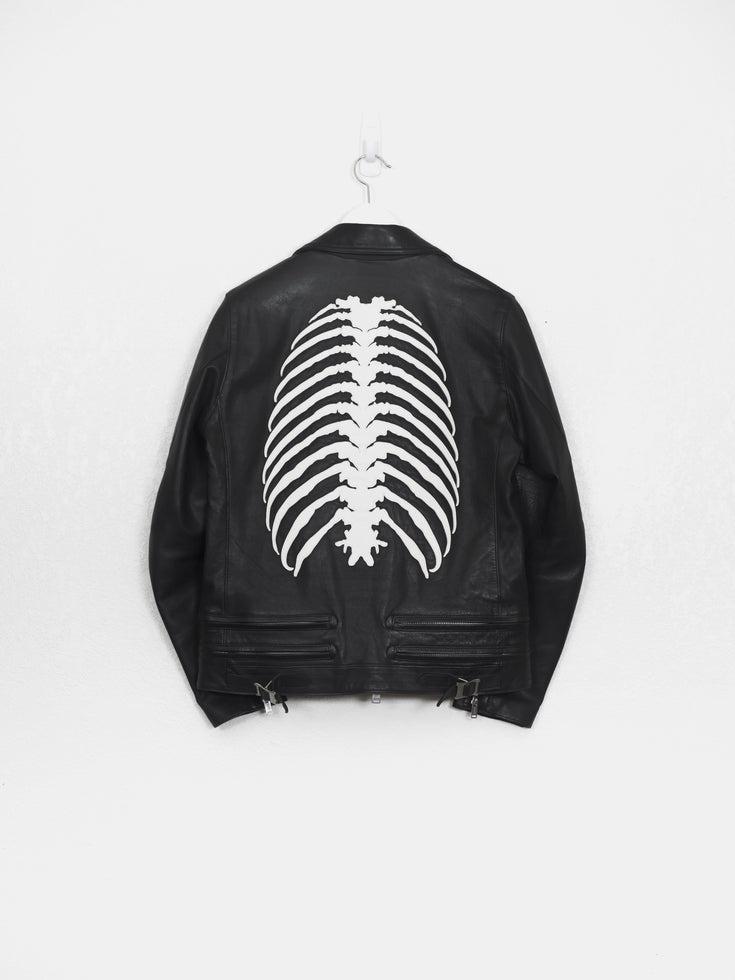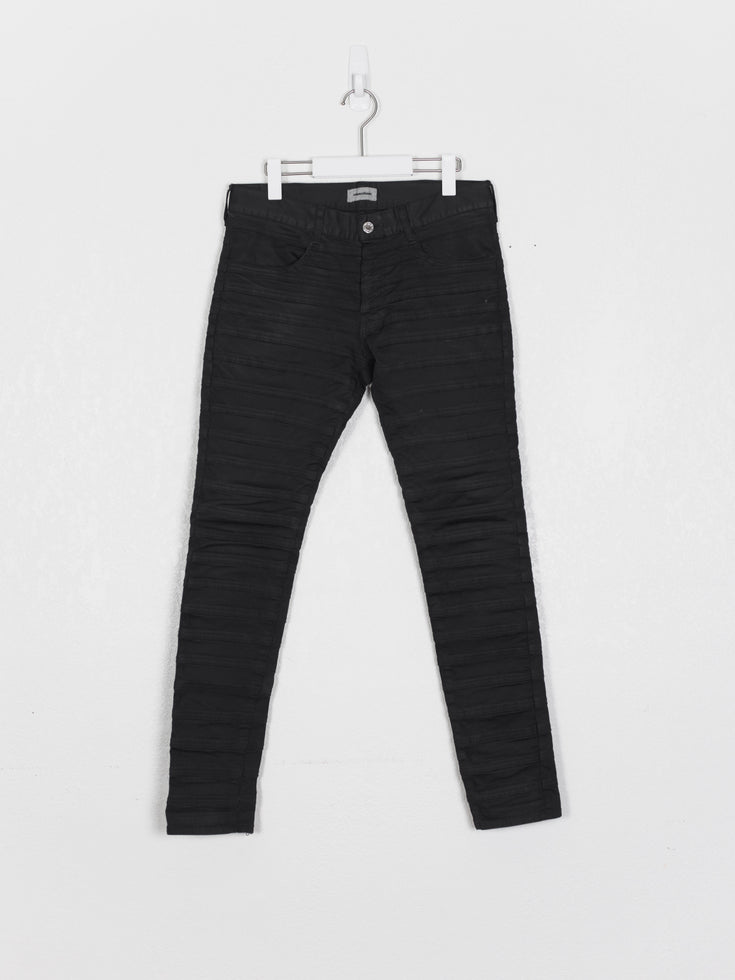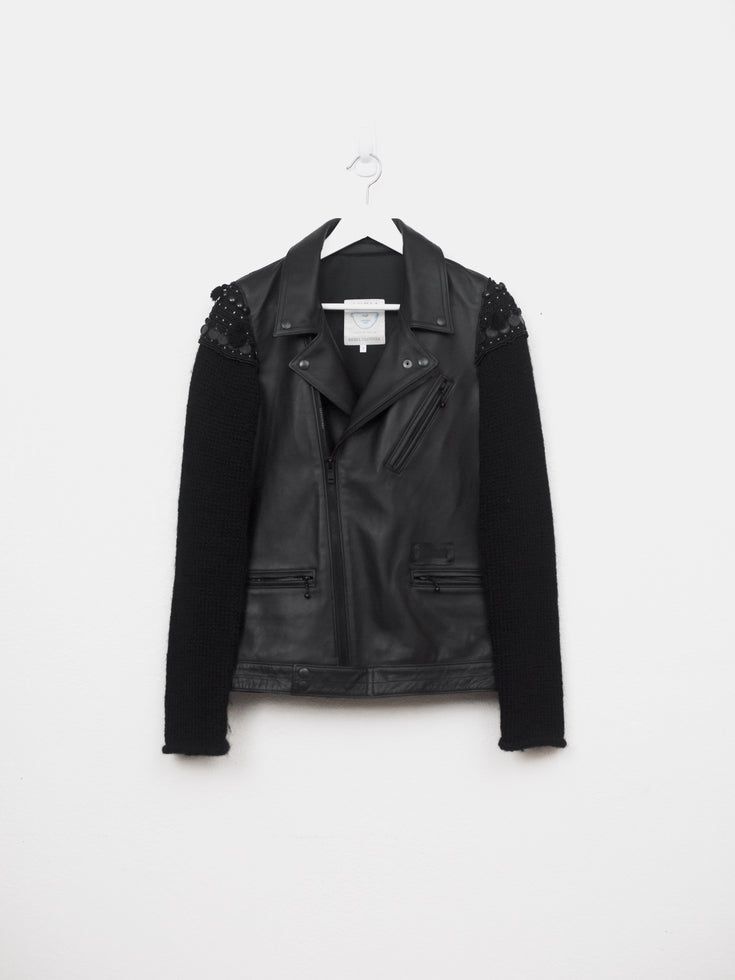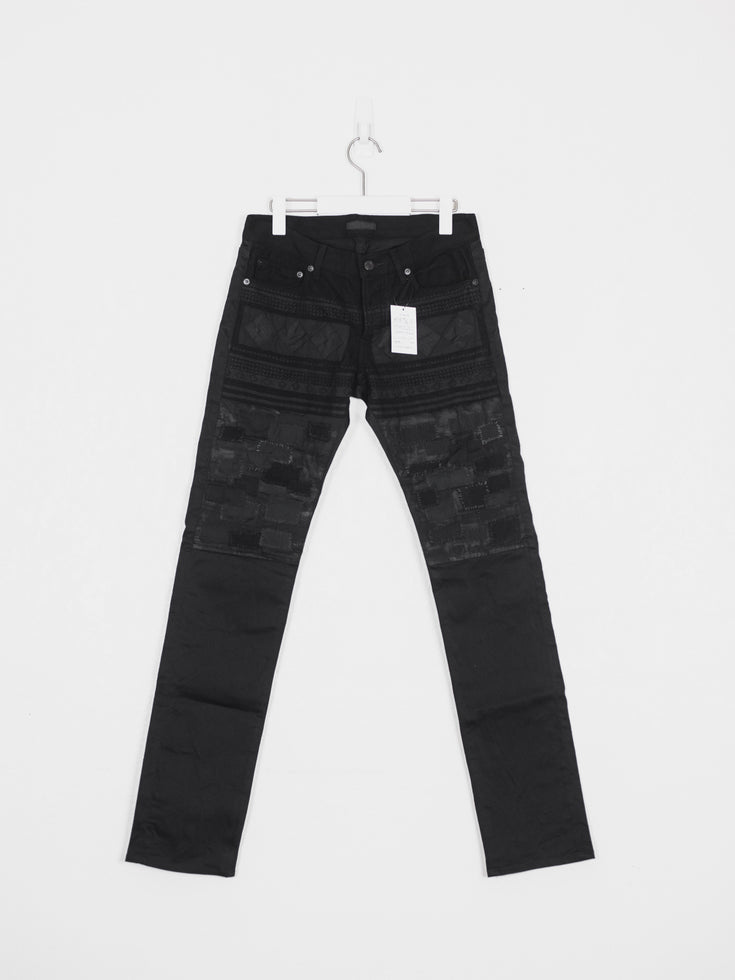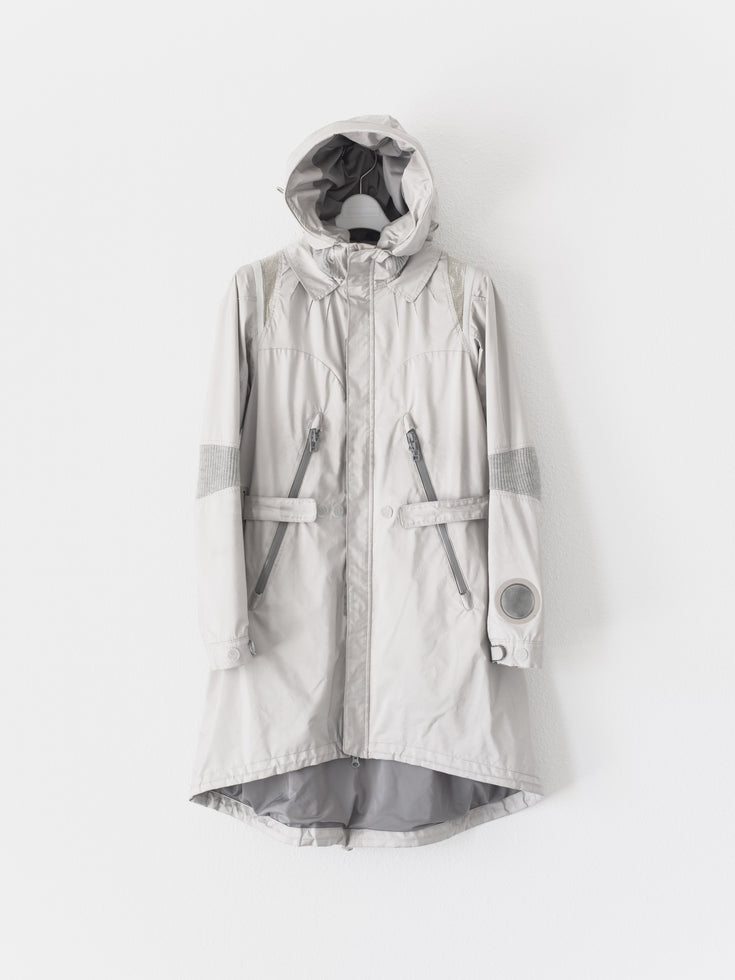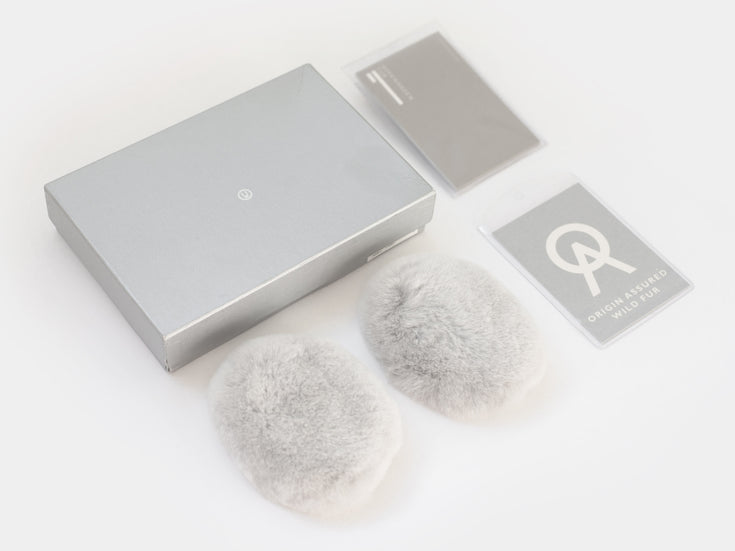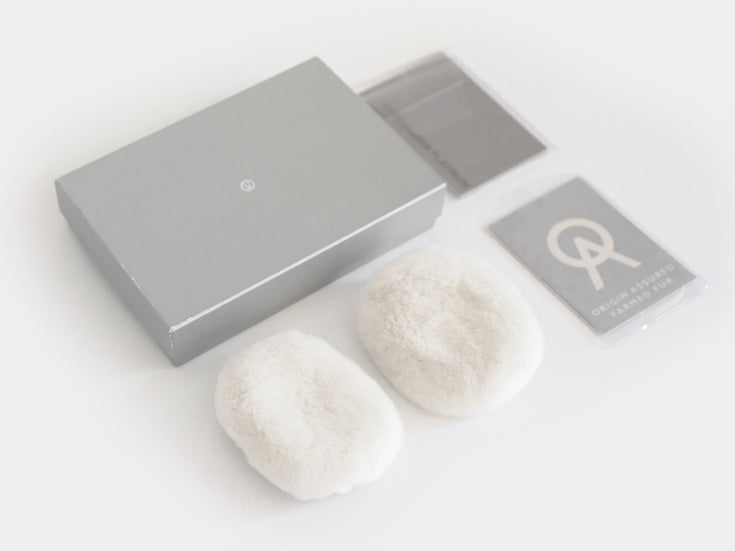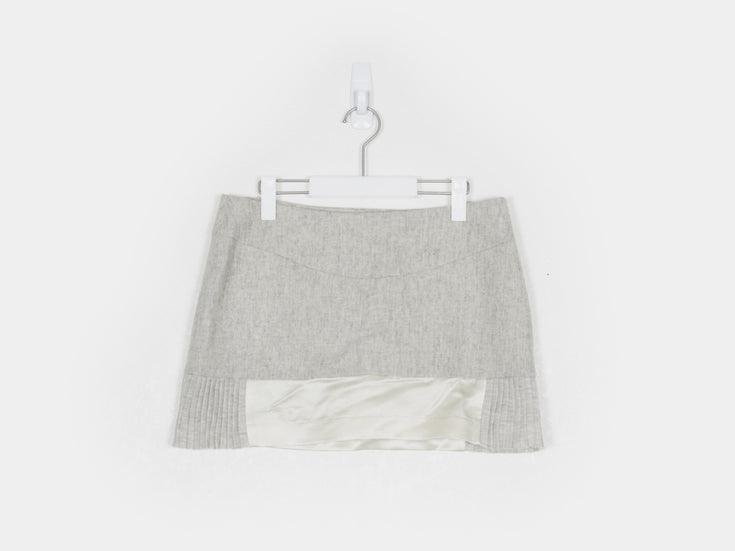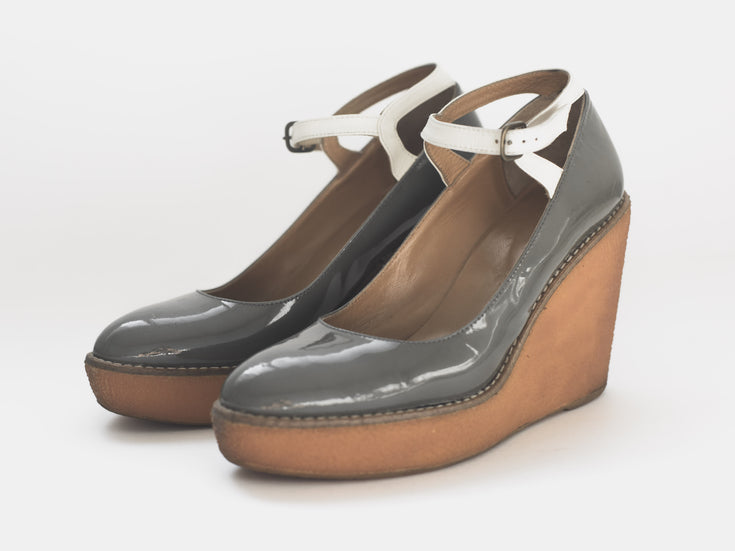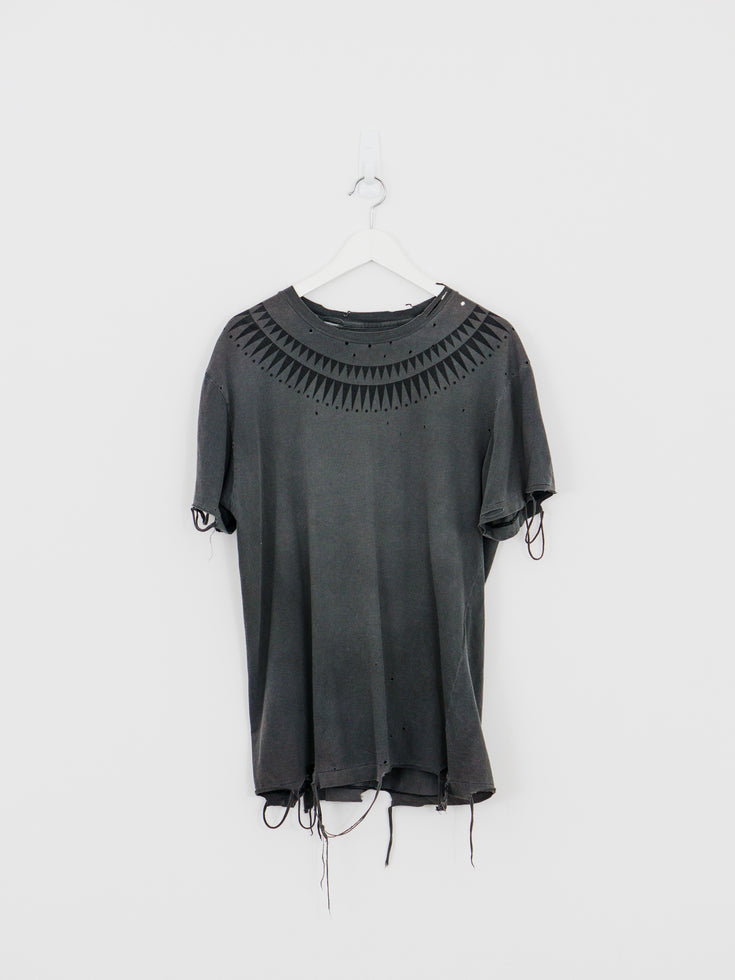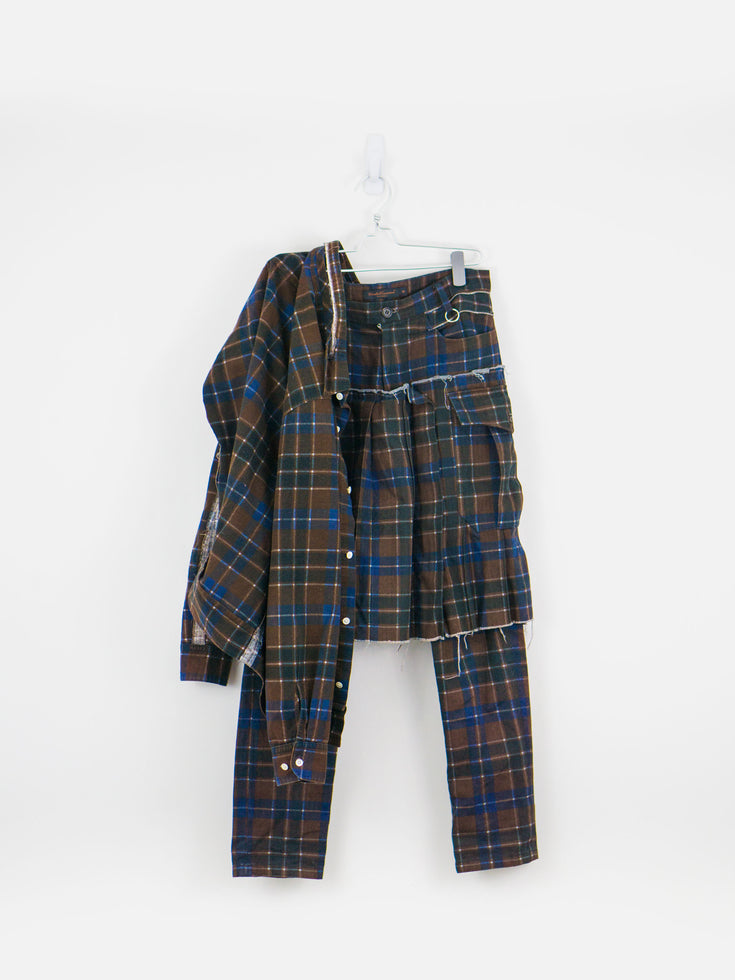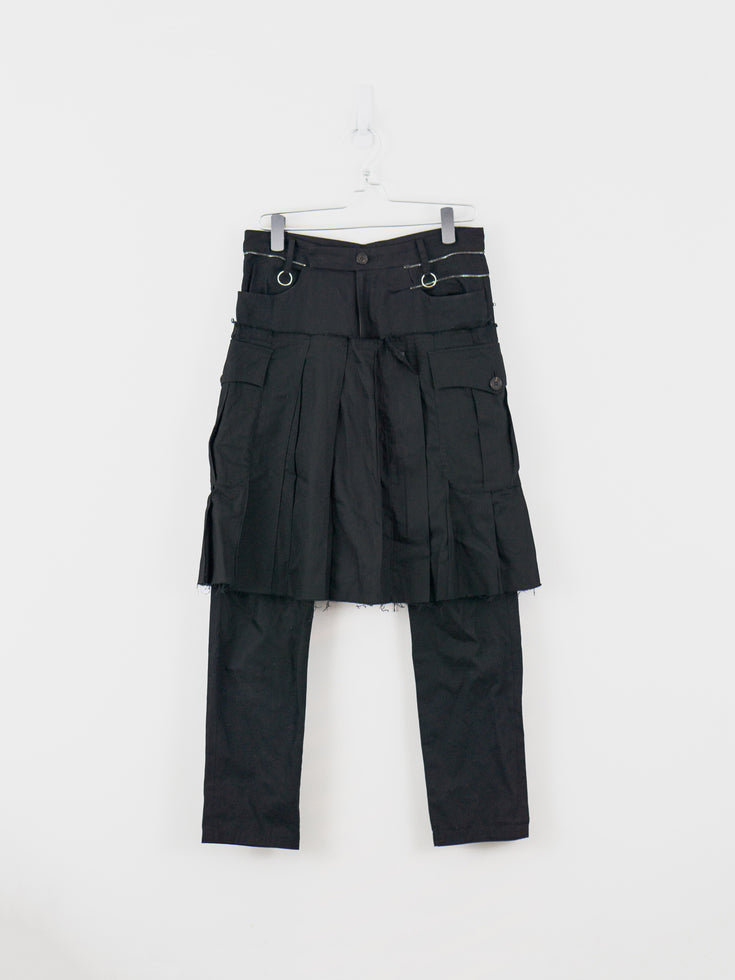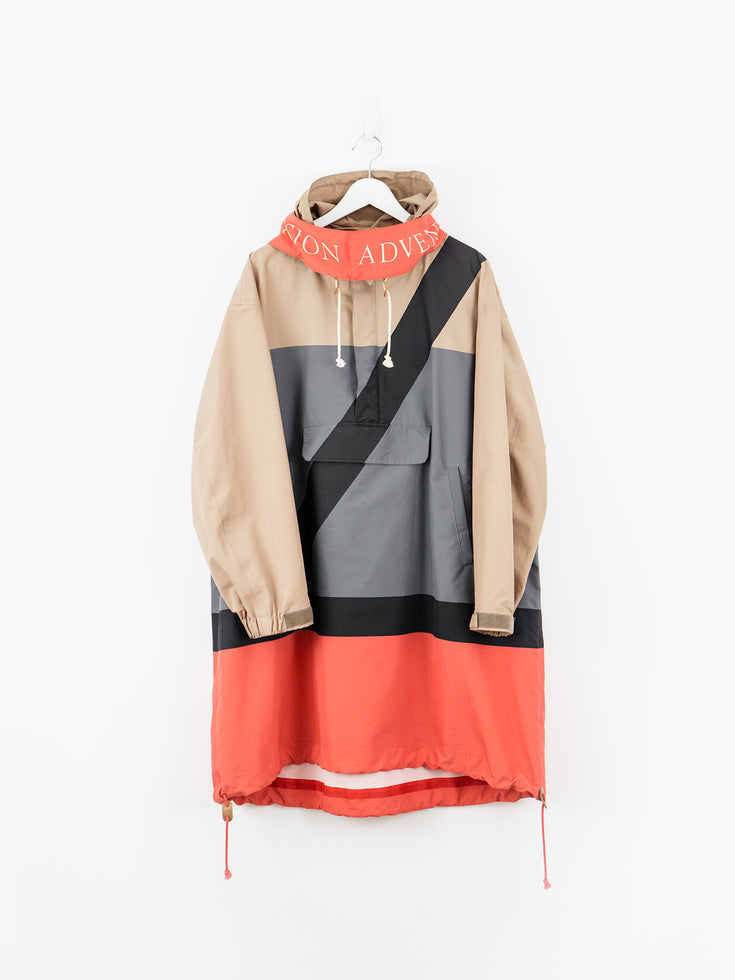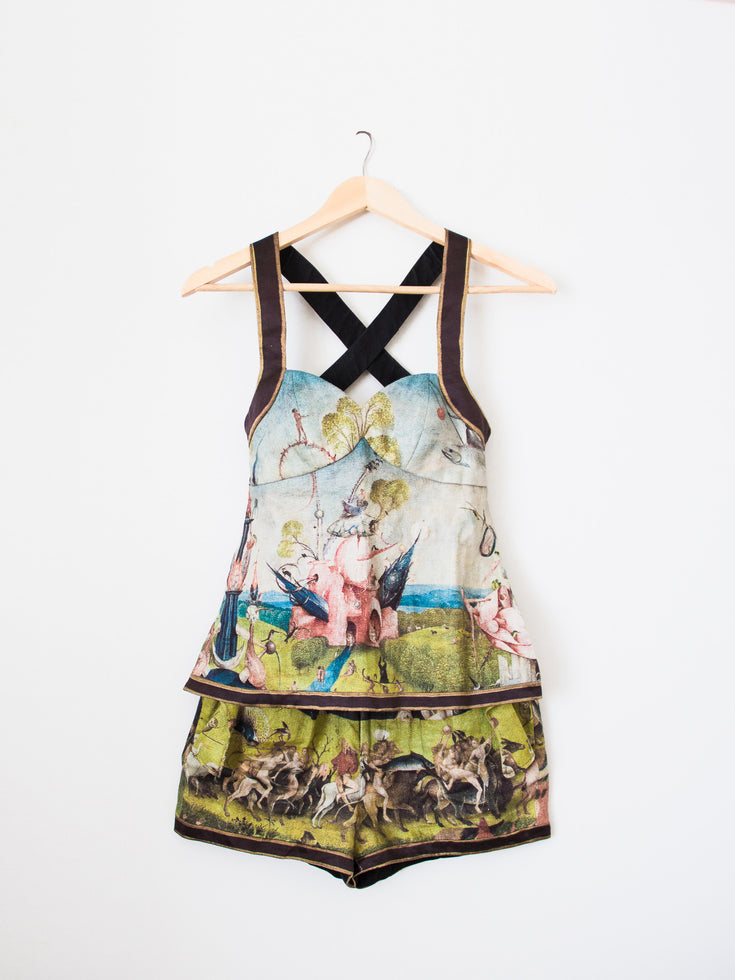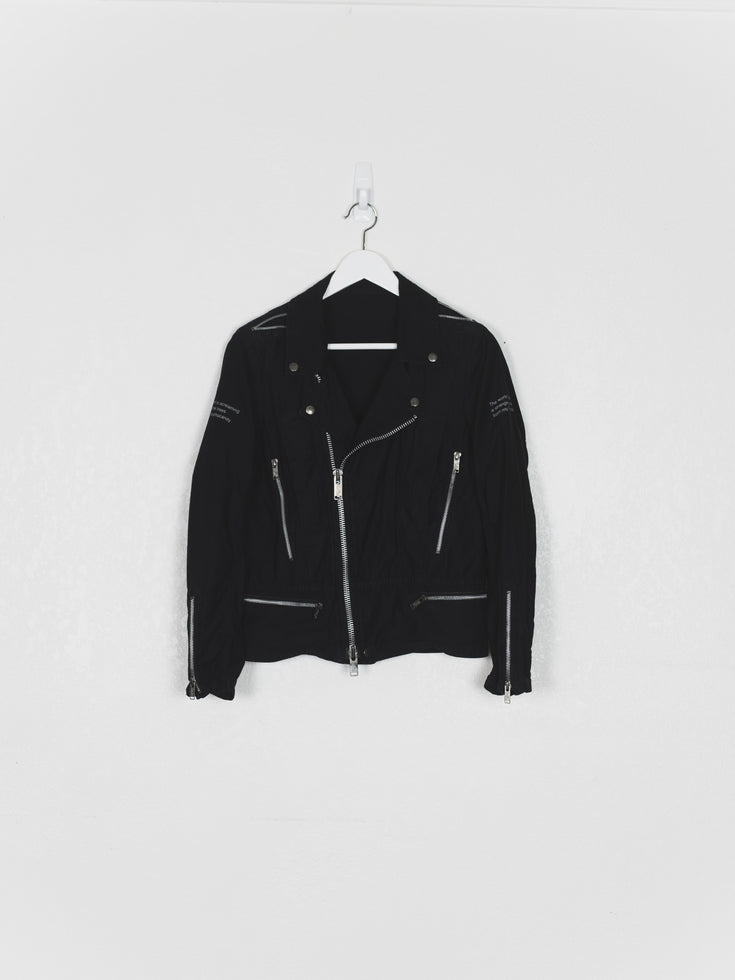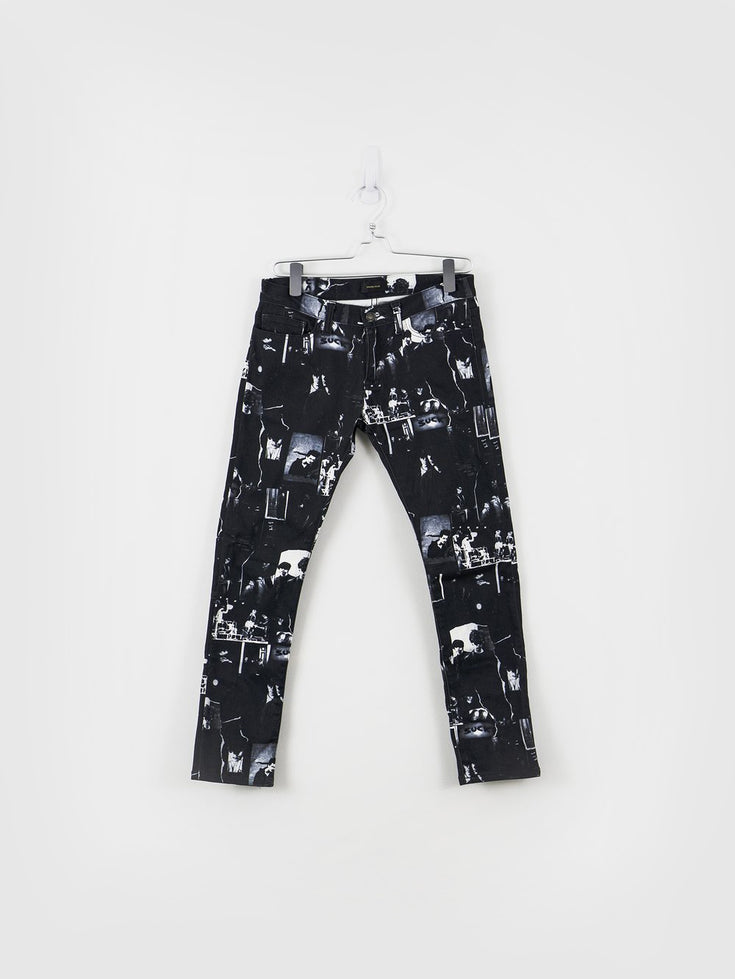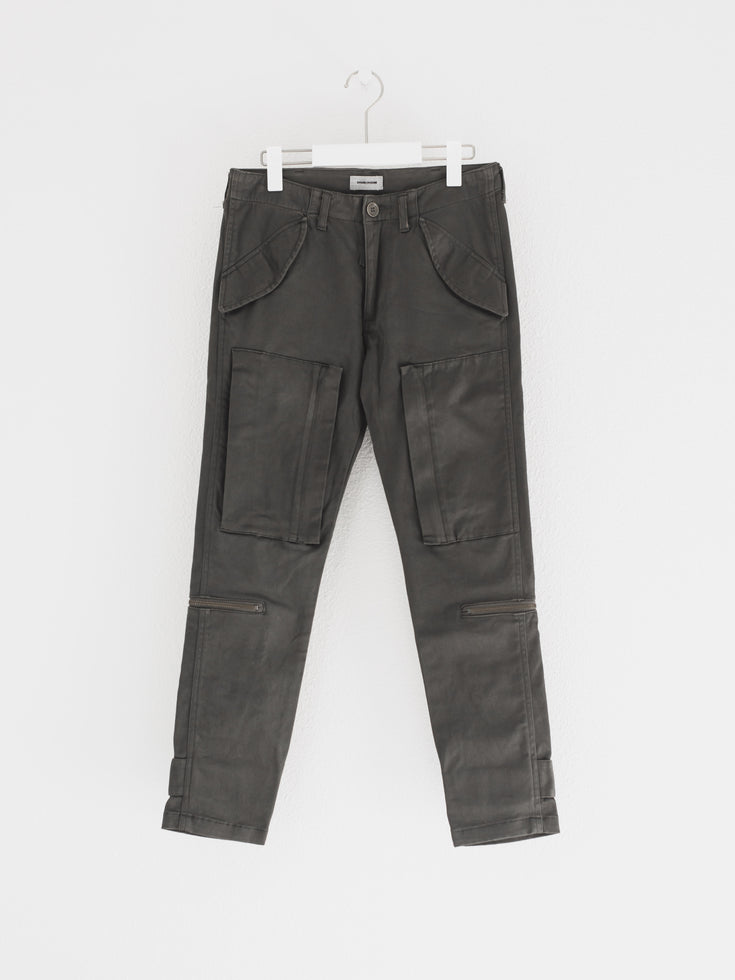
Jun Takahashi
founded nearly 30 years ago what would become one of the most charismatic and influential brands today. His early graphic tees may have had humble beginnings, but their ongoing evolution into a vast diary of fantasies and themes was inevitable. He blended casual youth culture with precise tailoring, pioneering the idea that streetwear could exist alongside and engage culturally with runway fashion. Jun’s work was also instrumental to Japan’s acceptance in the western fashion world as a whole. While Huiben often revisits a designer’s past works and tries to champion their relevance in the present day, Undercover has a lasting innovative vision that makes even the older collections feel cutting edge. Clothes and themes from over a decade ago are increasingly relevant, finding their place alongside and often inspiring works of younger designers.“And thanks to the spread of the Internet, more people around the world have come to understand the history of Undercover. I feel like recently the brand is finally being understood.” - Jun Takahashi for System Magazine May 2018



Psychocandy SS14
is no exception to Jun’s affinity for nostalgia. The 2010s brought numerous seasons of references to pop culture, music, and film.
From tributes to Dieter Rams in SS10 and Stanley Kubrick in AW18 to Undercover's own 25 year retrospective with T-Graphics, Labyrinth, and SS16 ‘The Greatest’, Jun reminisces past influences while continuing to push boundaries.
Like many western followers, my personal relationship with Undercover began long after its cult following in Japan had been established. My first exposure to the brand was only SS10 Less But Better, but I was immediately hooked. The idea of blending the visual language of a designer from a completely different industry whilst integrating its philosophies into a cohesive and wearable collection struck me as artful and reflective of a deep understanding of Jun’s own interests. Those interests continue to inspire and manifest in his clothes, each collection leaving you feeling as if he had just shared a good song he once heard.
My appreciation grew when I met Jun during his 25th anniversary T-Graphics celebration. DJing alongside Nobuhiko Kitamura and offering a shot of Jägermeister whilst asking me to karaoke, Jun evoked a sense of his youthful NOWHERE days through his quiet and reserved maturity. Since then, he’s continued to create amazing worlds every season and despite his self proclaimed final women’s runway collection, I’m still waiting for the Jäger and karaoke inspired seasons. -Richard

Anatomicouture AW13

Earmuff Maniac AW09
Autumn/Winter 2007
marked an influential stylistic turning point in Undercover’s timeline. Although no stranger to incorporating striking mixed materials, Jun diverged from his prior work with his first foray into a widespread thematic use of technical fabrics. Combining futuristic synthetics such as Diaplex and clear polyurethane with traditional winter wool knits and mink furs, Jun both departs from and harkens back to the organic crust punk influenced amalgams of prior seasons.


This season’s divergence is reinforced by being the only season aside from their first two to not have an official name, though it is referred to in the studio as 「ニットとハイテク」 or “Knit and High Tech”. Despite this season’s clean cut tailoring and urban motifs, Undercover’s original essence persists.
Water resistant Diaplex surfaces are unusually trimmed with wool knits and heavy cordura bags are lined with mink fur, subverting each material’s expectations in a rebellious spirit. The technical themes pioneered here carried on into iconic seasons like AW09 Earmuff Maniac.



Scab SS03
marked Jun’s first collection presented at Paris Fashion Week. Key themes of decay, deconstruction and DIY repair stemming from Takahashi’s obsession with crust-punk and parent punk subcultures were met with historical traditional dress from all over the world. The collection is almost a poetic update on those specific motifs that Vivienne Westwood employed within her early work. “Scab” emphasized this connection between punk and traditional folk garb, suggesting that the old has much in common with the new, and in doing this created a new sort of urban clan. This is further elaborated upon by Takahashi’s use of pseudo-industrial, utilitarian elements like metal hardware applications which, when presented alongside colorful embroidery, complete this notion wholeheartedly.
My first exposure to Undercover was stumbling across some pictures from AW09 which featured the iconic Unknown Pleasures artwork heavily. I was around 18 at the time and was an edgy kid who enjoyed Joy Division, Public Image Ltd, Magazine, Suicide etc. I saw Jun interpret music as I was discovering it, and to me he was commenting on the same qualities I recognized in the music. It is that same feeling you get when you talk about your favorite movie or band with someone you’ve just met and they too have a great love and respect for the same thing. I’m not really sure what to describe it as, but it’s something I cherish dearly, that shared appreciation manifesting as a form of connection. Every season feels like several pages ripped from Jun’s diary, arranged into a summary and presented without inhibition.
In addition to this, the presentation itself is something I admire, there is often something slightly off in Jun’s work - a bit of dirt or as he puts it “violence” as a necessary part of beauty; it is akin to that slightly out of tune, grating aspect of Ian’s voice that is ineffably soothing on “Day of the Lords” or that faint acidic stench of a freshly opened pack of tennis balls that is somehow irresistible.
Undercover itself has been a foundational element in several friendships I have had the pleasure of making, it’s one of the common impassioned interests Richard, Eddie and I shared before we met, which led to us starting Huiben together. -Hafeez



“What is in my head? I don’t know. Every season, I promise myself that I will not repeat myself. This is my driving force. I have to create something new. It is getting difficult every season though, but so far I am able to live up to my promise.” - Jun Takahashi for W.W. May 2004
